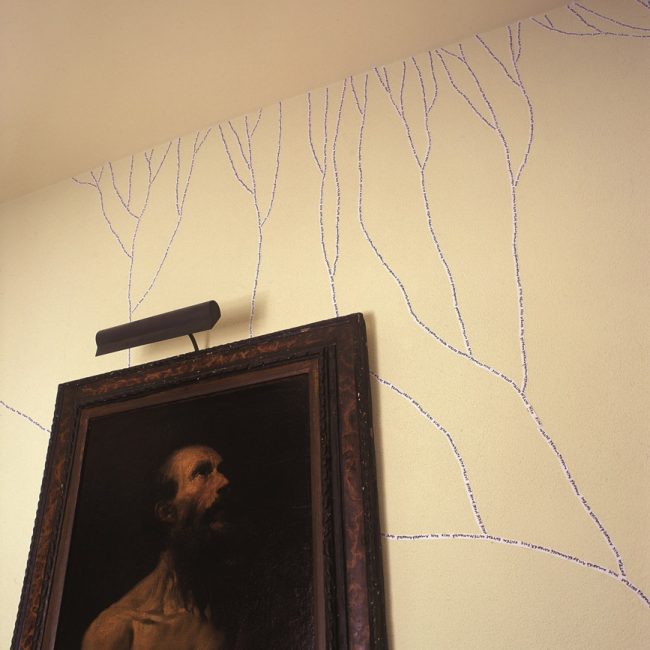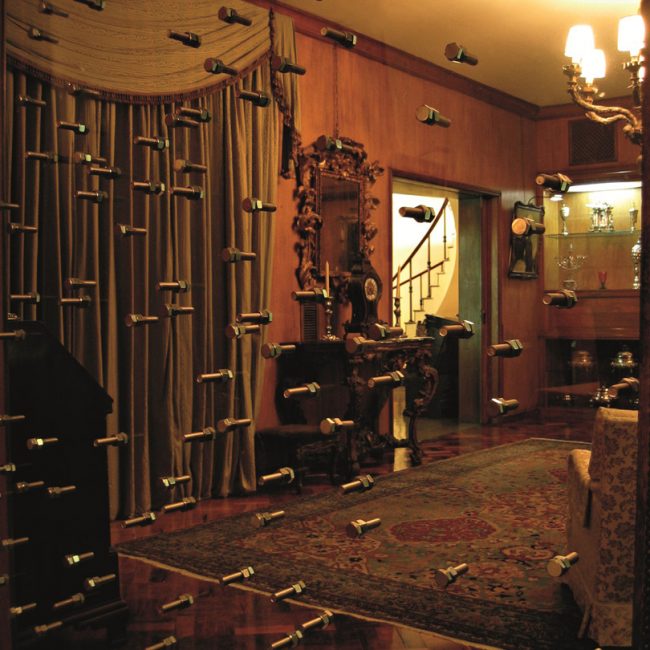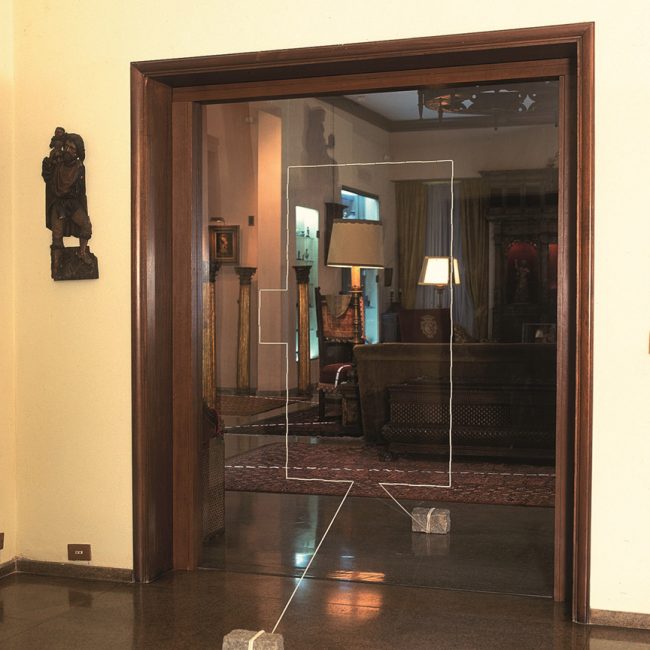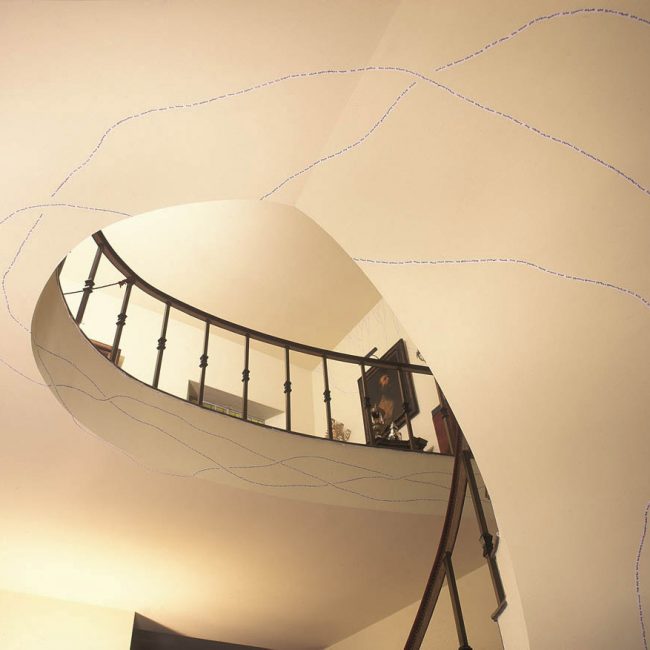José
Damasceno
CINEMATOGRAM
1st Edition | august 26 – october 03 2004
How to start writing about Cinematogram? This is the question I have been asking myself as I contemplate this set of works that introduce enigmas and clairvoyances. Clairvoyances, because José Damasceno invents images that take hold of our perception in the simplest and most direct of ways. Enigmas because, like “profane epiphanies”, they appear to us as apparitions of meaning, whose source and origin we cannot pin down. Perhaps there are implicit solutions to the enigmas in the clairvoyances, while the clairvoyances could turn into enigmas to challenge our perception. José Damasceno was the first artist to be invited to take part in the Breathing Project because his work fits so aptly into the curatorial concept that the Eva Klabin house museum can serve as a way for us to consider the virtual as also being real. I believe this is the key not just to Cinematogram, but also to his work.
The first sensation of the intervention is a shattering force that grabs hold of our senses by showing the different environments in the house as pure image. It is as if as we walked around the house we were in a movie with no film. The artist has turned Fundação Eva Klabin into a movie. With this intervention, he undoes anything in the house that could make it look like a theater backdrop or film set, flattening the depth of the space into planes/images by creating image surfaces that rise up like apparitions.
This is the enigma uncovered: what matters for this work is not the object in itself, but the image as virtual and actual potency, creating a vibrant field of reality that offers us mystery in the form of transparency in the immanence of the material that is transformed at every moment, yet is ever present: yesterday, today, tomorrow.
Marcio Doctors









